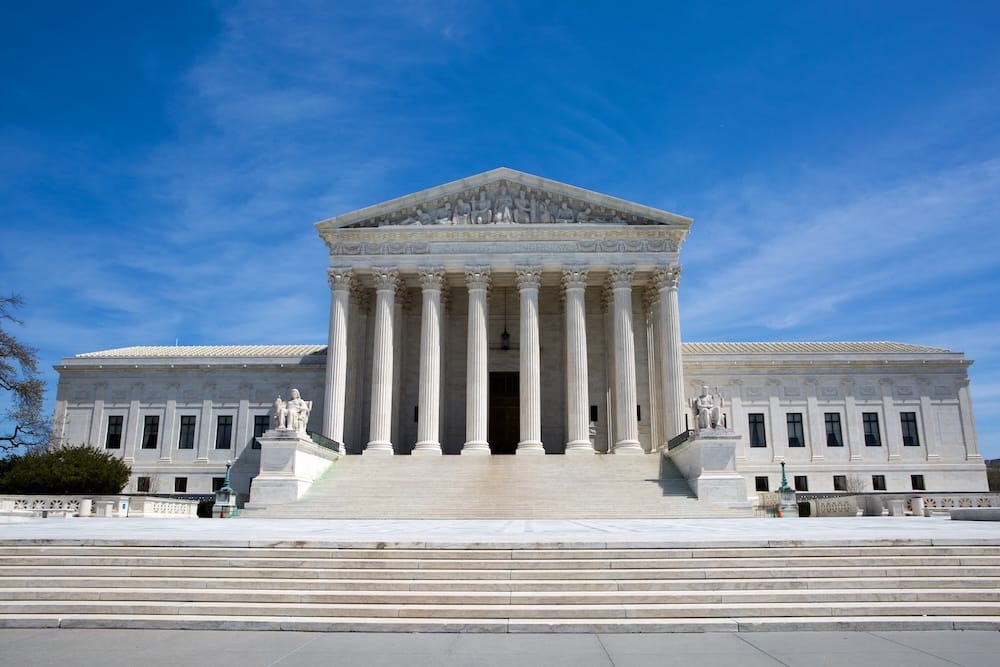

Court Affirms Presidential Power
The Supreme Court delivered a significant ruling on May 22, upholding President Donald Trump’s authority to remove two Democratic appointees from federal boards. The decision, centered on National Labor Relations Board (NLRB) member Gwynne Wilcox and Merit Systems Protection Board (MSPB) member Cathy Harris, reinforces the president’s executive power to dismiss agency officials without cause. Both appointees, selected by former President Joe Biden, had challenged their terminations as unlawful in lawsuits filed in Washington, D.C. federal court, but the court’s ruling solidifies Trump’s ability to shape federal agencies.
The case stemmed from Trump’s actions earlier this year, when he moved to fire Wilcox on January 27 and Harris on February 10. The Supreme Court’s decision, supported by its conservative majority, emphasized that the president can dismiss executive officers who carry out functions on his behalf. Chief Justice John Roberts played a pivotal role, issuing a temporary stay in April to halt the reinstatement of Wilcox and Harris, which paved the way for the final ruling. The court’s action underscores a commitment to ensuring the executive branch operates under the president’s direct control.
Legal Battle and Precedent
The ruling addressed a long-standing legal precedent known as Humphrey’s Executor, a 1935 Supreme Court decision that limited presidential power to fire independent board members without cause. Wilcox and Harris argued that federal laws protected their positions, allowing removal only for inefficiency, neglect of duty, or malfeasance. However, the Trump administration contended that such restrictions infringe on the president’s constitutional authority to oversee the executive branch. Solicitor General John Sauer argued, ‘The President should not be forced to delegate his executive power to agency heads who are demonstrably at odds with the Administration’s policy objectives for a single day.’
The Supreme Court’s majority rejected the reinstatement of Wilcox and Harris, noting that recent rulings have narrowed the scope of Humphrey’s Executor. The decision was not unanimous, with the court’s three liberal justices—Elena Kagan, Sonia Sotomayor, and Ketanji Brown Jackson—dissenting. Kagan wrote, ‘Not since the 1950s (or even before) has a President, without a legitimate reason, tried to remove an officer from a classic independent agency.’ Despite the dissent, the ruling marks a victory for Trump’s efforts to assert greater control over federal agencies like the NLRB, which enforces labor laws, and the MSPB, which handles federal employee grievances.
Implications for Federal Agencies
The ruling has far-reaching implications for the structure of independent federal agencies. The NLRB, responsible for protecting private-sector workers’ rights to unionize, and the MSPB, which oversees federal employee appeals, are critical to government operations. Without Wilcox, the NLRB risks losing its quorum, potentially halting its ability to adjudicate labor disputes. Harris’s removal similarly affects the MSPB, which has seen a surge of over 8,000 cases since Trump’s inauguration, driven by his administration’s push to streamline the federal workforce.
The Supreme Court also signaled that Federal Reserve Chair Jerome Powell may be protected from similar dismissals, citing Trump’s dissatisfaction with Powell’s interest rate policies. This distinction suggests the court may draw a line at certain agencies with unique roles in the economy. As Trump continues to reshape the executive branch, the ruling empowers him to replace agency leaders with those aligned with his policy goals, ensuring federal agencies reflect the administration’s priorities. The decision reinforces a vision of a strong executive branch, capable of swift action to implement the president’s agenda.
Dues are $12 per year. Member benefits:
✅ Ad-Free Website Viewing
✅ Advocacy for Republican Seniors
✅ 120+ Senior Discounts
✅ Member Only Newsletters